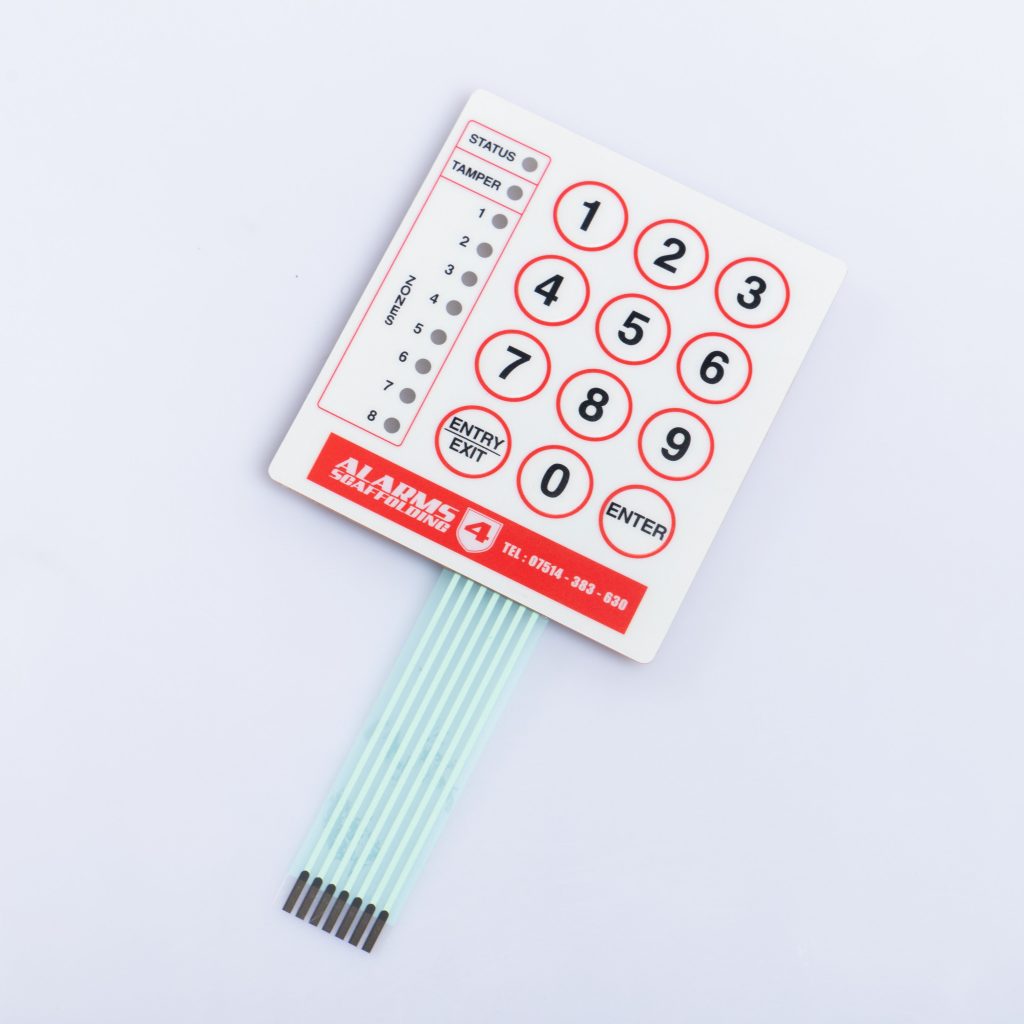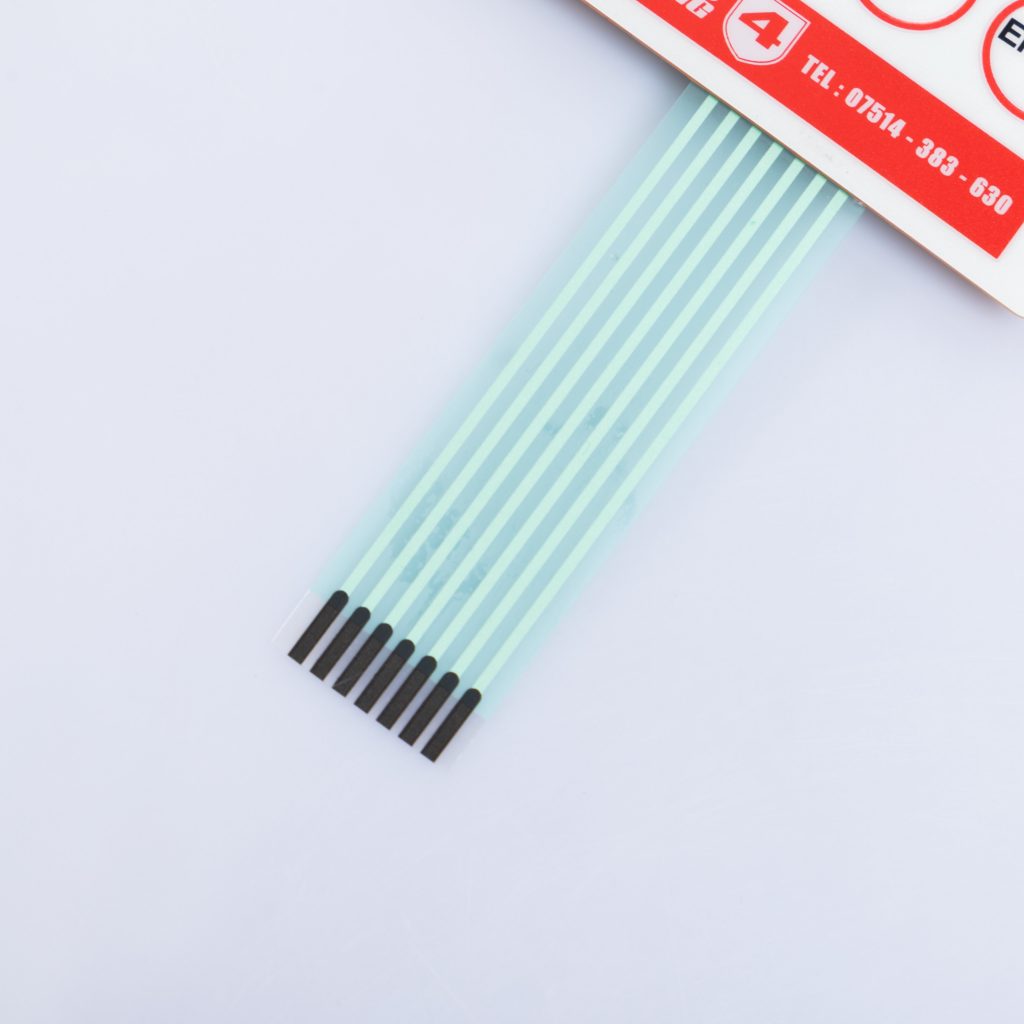Contact
Write to Us And We Would Be Happy to Advise You.
Do you have any questions, or would you like to speak directly with a representative?
By hqt
In the world of manufacturing, membrane switches play a crucial role in various industries. These switches are thin, flexible, and durable, making them ideal for applications that require user-friendly interfaces. One critical component of membrane switches is the ESD (Electrostatic Discharge) layer. The ESD layer ensures the protection of the switch from electrostatic discharge, ensuring its reliability and longevity. In this article, we will delve into the three special crafts in membrane switch manufacturing that revolve around the ESD layer. From materials to techniques, we will explore the intricacies of these crafts, highlighting their importance and impact on the overall quality of membrane switches.



To ensure optimal performance and protection against electrostatic discharge, selecting the appropriate ESD materials is of utmost importance. The ESD layer in membrane switches should possess properties that effectively dissipate static electricity, safeguarding the sensitive electronic components within the switch. Some key materials commonly used for the ESD layer include conductive films, carbon inks, and metal foil.
Conductive Films
Conductive films are often employed as the primary material for the ESD layer. These films consist of conductive particles dispersed within a polymer matrix. They provide excellent conductivity and are resistant to wear and tear, making them an ideal choice for the ESD layer.
Carbon Inks
Carbon inks are another commonly used material for the ESD layer in membrane switches. These inks contain conductive carbon particles that form a conductive path, effectively dissipating static charges. Carbon inks offer good adhesion and flexibility, enabling them to withstand the demanding conditions of switch applications.
Metal Foil
Metal foils, such as copper or aluminum, are also utilized as ESD layer materials in certain cases. These foils provide superior conductivity and can effectively channel and dissipate electrostatic charges. Metal foils are particularly suitable for applications that require higher levels of ESD protection.
The manufacturing process of membrane switches involves intricate printing techniques to ensure the precise deposition of various layers, including the ESD layer. Achieving accuracy and consistency in printing is crucial for the optimal performance of the switch. Let’s explore two primary printing methods employed in membrane switch manufacturing.
Screen Printing
Screen printing is a widely used technique for depositing the ESD layer onto the membrane switch. This process involves pushing ink through a mesh screen onto the substrate, creating the desired pattern. Screen printing allows for high precision and repeatability, ensuring that the ESD layer is applied uniformly and consistently.
Digital Printing
Digital printing is a relatively newer technique that has gained popularity in membrane switch manufacturing. This method involves directly transferring the ink onto the substrate using digital technology. Digital printing offers advantages such as faster production times, greater design flexibility, and the ability to produce intricate patterns with high resolution.
The assembly and bonding process is a critical step in membrane switch manufacturing. It involves combining the different layers, including the ESD layer, to form a complete and functional switch. Proper assembly and bonding techniques ensure the integrity and reliability of the switch, preventing delamination or failure.
Adhesive Bonding
Adhesive bonding is commonly used to join the layers of a membrane switch, including the ESD layer. Specialized adhesives with excellent bonding properties are applied to ensure a strong and durable connection between the layers. This technique enables the switch to withstand frequent use and environmental factorssuch as temperature changes and humidity.
Heat Sealing
Heat sealing is another technique employed in the assembly of membrane switches. This process involves applying heat and pressure to fuse the layers together. Heat sealing creates a tight bond between the ESD layer and other components, ensuring a reliable and long-lasting switch.
Mechanical Fastening
In some cases, mechanical fastening methods such as screws or rivets may be used to assemble membrane switches. While not as commonly used as adhesive bonding or heat sealing, mechanical fastening provides a secure connection between the layers, including the ESD layer. This technique is particularly suitable for switches that require easy maintenance or component replacement.
1. What is the purpose of the ESD layer in membrane switches?
The ESD layer in membrane switches serves the purpose of protecting the switch from electrostatic discharge. It dissipates static charges and prevents damage to the sensitive electronic components within the switch.
2. Why is choosing the right ESD material important?
Choosing the right ESD material is crucial to ensure effective static charge dissipation and long-term performance of the membrane switch. The material should possess conductivity, durability, and compatibility with other switch components.
3. How does screen printing contribute to the quality of the ESD layer?
Screen printing allows for precise and consistent deposition of the ESD layer onto the membrane switch. This ensures uniform conductivity and optimal performance of the switch.
4. What are the advantages of digital printing in membrane switch manufacturing?
Digital printing offers faster production times, greater design flexibility, and the ability to produce intricate patterns with high resolution. It allows for customization and rapid prototyping, making it an attractive option for membrane switch manufacturers.
5. How does adhesive bonding ensure the integrity of the membrane switch?
Adhesive bonding creates a strong and durable connection between the layers of the membrane switch, including the ESD layer. It prevents delamination or failure, ensuring the switch can withstand demanding operating conditions.
6. When is mechanical fastening used in membrane switch assembly?
Mechanical fastening is used in situations where easy maintenance or component replacement is required. It provides a secure connection between the layers, including the ESD layer, allowing for convenient access to the switch’s internals.
Craftsmanship plays a vital role in the manufacturing of membrane switches, particularly when it comes to the ESD layer. Selecting the right materials, employing precise printing techniques, and utilizing effective assembly and bonding methods are essential for producing high-quality switches. The ESD layer acts as a protective barrier, safeguarding the switch from electrostatic discharge and ensuring its reliability in various applications. By understanding and implementing these special crafts, manufacturers can create membrane switches that meet the demands of modern industries.
Do you have any questions, or would you like to speak directly with a representative?